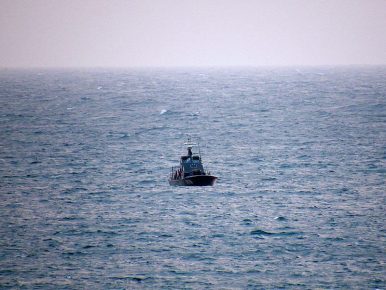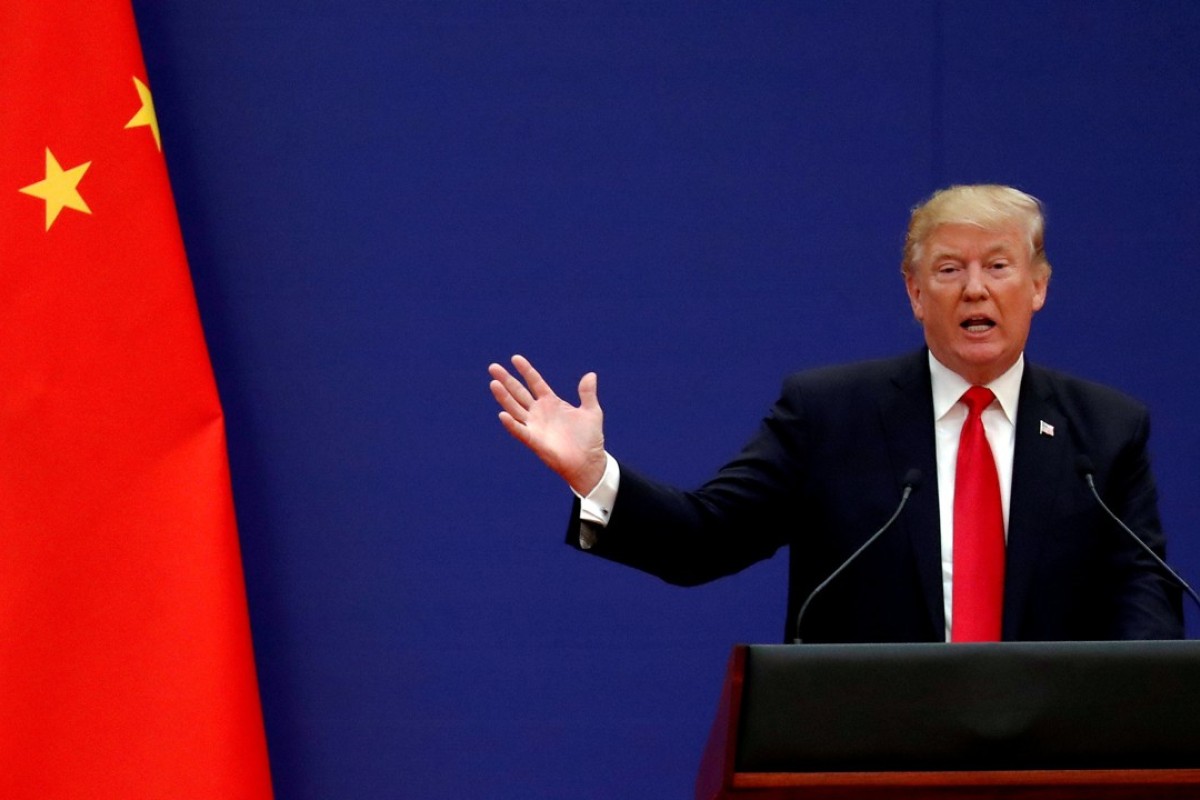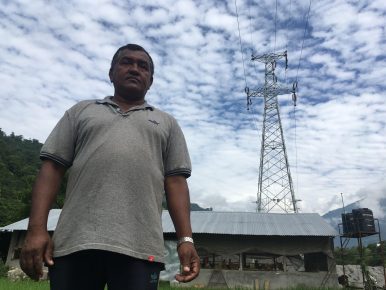By Lutz Goedde, Avinash Goyal, Nitika Nathani, and Chandrika Rajagopalan
Several megatrends may drive the next wave of growth in Indian agriculture. Focusing on a number of investible themes could enhance farmers' incomes and transform their quality of life. India’s determined pursuit of agricultural self-sufficiency since independence has led the country to have a high-growth agriculture sector today. Despite this, India’s farmers are not faring too well and only a third of all agriculture companies posted a profit in recent years. The government’s recent shift in approach, by adopting the goal of doubling farmer incomes, is a welcome attempt to transform the sector. There is scope for agriculture companies and the government to ride emerging megatrends and successfully be a part of this transformation.
The outlook for Indian agriculture and farmers









